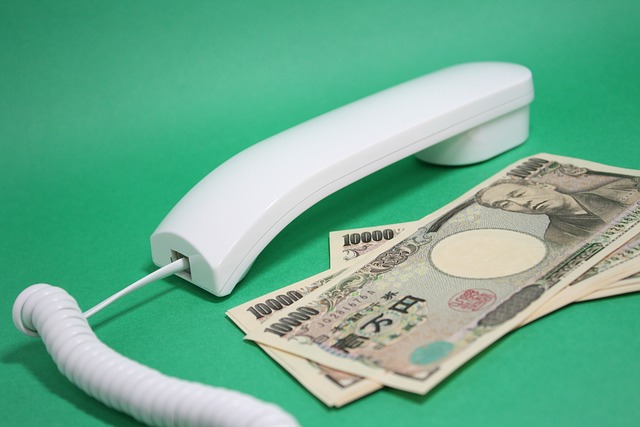
Yen in Flux: Japan's Battle to Defend its Currency
London: 2 May 2024 (TraderMade): The Japanese yen has been a focal point in the global currency markets recently, as the currency's value has experienced significant volatility.
Amid concerns about the country's economic outlook and the widening policy divergence between the Bank of Japan (BoJ) and other major central banks, the yen has come under intense pressure, prompting the Japanese government and the central bank to intervene in an effort to support the currency.
Key Takeaways
- The Japanese yen has experienced significant volatility, with the currency surging on suspected BoJ intervention.
- The BoJ's intervention on 1 May might have cost the central bank around 236 billion yen ($1.76 billion).
- The Japanese government and the BoJ have been actively working to defend the yen against further depreciation.
- The yen's performance is closely tied to the divergence in monetary policy between the BoJ and other major central banks.
- Former BoJ officials predict that the central bank will likely continue to intervene in the currency markets to prevent a free-fall of the yen.
Yen Surges on Suspected BoJ Intervention
The Japanese yen has seen a sharp reversal of its recent losses against the US dollar, with the currency gaining ground in response to suspected intervention by the Bank of Japan. On 1 May, the dollar-yen exchange rate dropped sharply, with the yen gaining over 1% against the greenback, as market participants speculated that the BoJ had stepped in to support the currency.
According to reports, the BoJ's intervention may have cost the central bank around 236 billion yen ($1.76 billion) on that day, as it sought to stem the yen's decline. The intervention came amid concerns that the yen's continued weakening could have a significant impact on Japan's economy, which is heavily reliant on exports.
The USDJPY Trajectory
Over the past week, the USDJPY currency pair has exhibited a volatile and dynamic performance. Starting on 25 April, the pair opened at 155.23801 and closed the day at 155.59549, reflecting a slight uptick in the US dollar's value against the Japanese yen.
The following day, 26 April, saw a more significant movement, with the pair reaching a high of 158.4465 and closing at 157.922, indicating a strengthening of the US dollar. This upward momentum continued on 29 April, as the pair reached a high of 160.23 before closing at 156.315.
However, on 30 April, the USDJPY pair experienced a slight pullback, with the price closing at 157.7225, suggesting a partial reversal of the previous day's gains.

The most notable development occurred on 1 May, when the pair plummeted, opening at 157.722 and closing at a significantly lower level of 154.3. This sharp decline in the US dollar's value against the Japanese yen was likely a result of suspected intervention by the Bank of Japan, as reported in the provided references.
On the final day of the observed period, 2 May, the USDJPY pair showed a modest recovery, opening at 154.29649 and closing at 154.81751, suggesting a potential stabilization or consolidation of the recent movements.
Overall, the USDJPY trajectory over the past week has been characterized by significant volatility, with the pair experiencing both gains and losses as market participants grappled with the ongoing policy divergence between the Bank of Japan and other major central banks, as well as the potential for further currency intervention by Japanese authorities.
Ongoing Battle to Protect the Yen
The recent intervention is not an isolated incident, as the Japanese government and the BoJ have been actively working to defend the yen against further depreciation. Former BoJ officials have predicted that the central bank will likely continue to intervene in the currency markets to prevent a free-fall of the yen, a move that could have severe consequences for the country's economy.
The yen's performance is closely tied to the divergence in monetary policy between the BoJ and other major central banks, such as the U.S. Federal Reserve and the European Central Bank. While these institutions have been raising interest rates to combat inflation, the BoJ has maintained its ultra-loose monetary policy, which has contributed to the yen's decline.
Summary
The Japanese yen has been at the center of attention in the global currency markets, with the currency experiencing significant volatility as the Japanese government and the Bank of Japan (BoJ) work to defend its value. The recent surge in the yen's exchange rate against the U.S. dollar has been attributed to suspected intervention by the BoJ, which may have cost the central bank around 236 billion yen ($1.76 billion) on 1 May.
The ongoing battle to protect the yen is driven by concerns about the currency's continued depreciation and its potential impact on Japan's economy. Former BoJ officials have predicted that the central bank will likely continue to intervene in the currency markets to prevent a free-fall of the yen, highlighting the importance of the currency's stability for the country's economic well-being.



